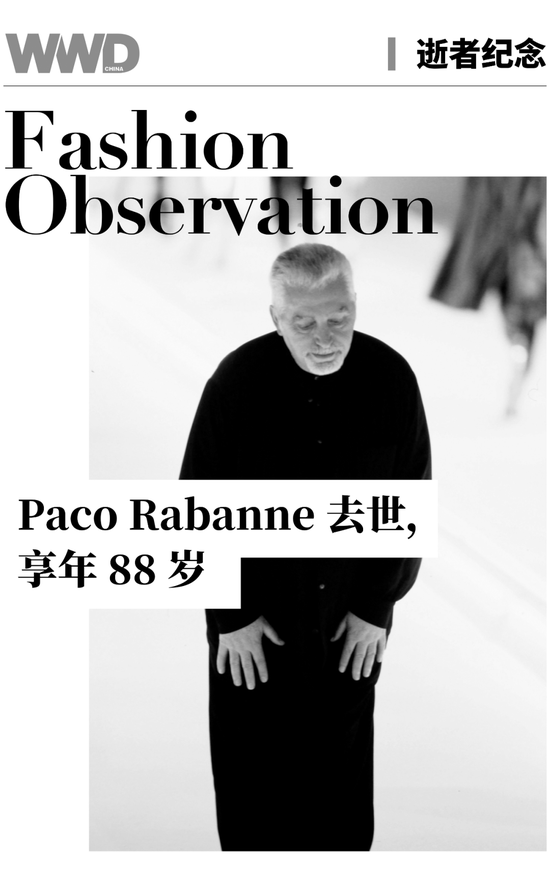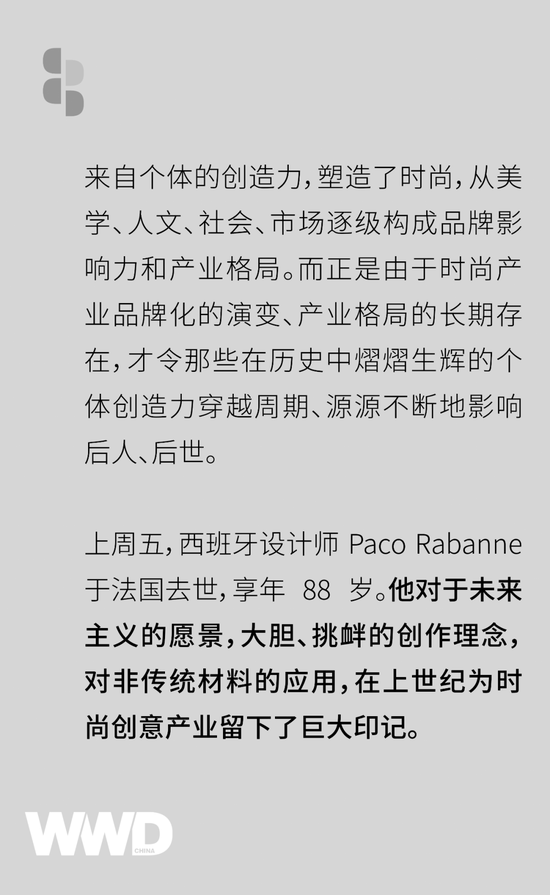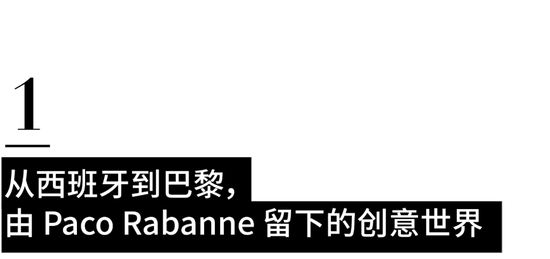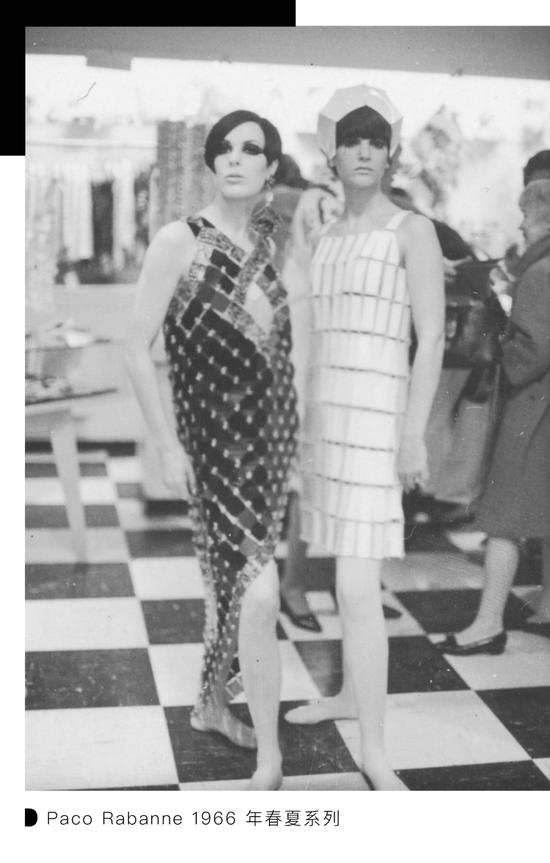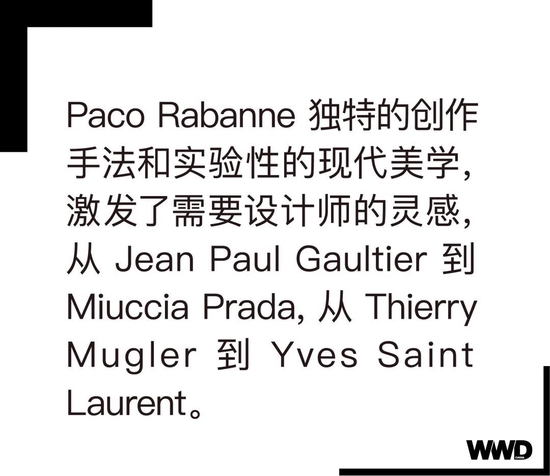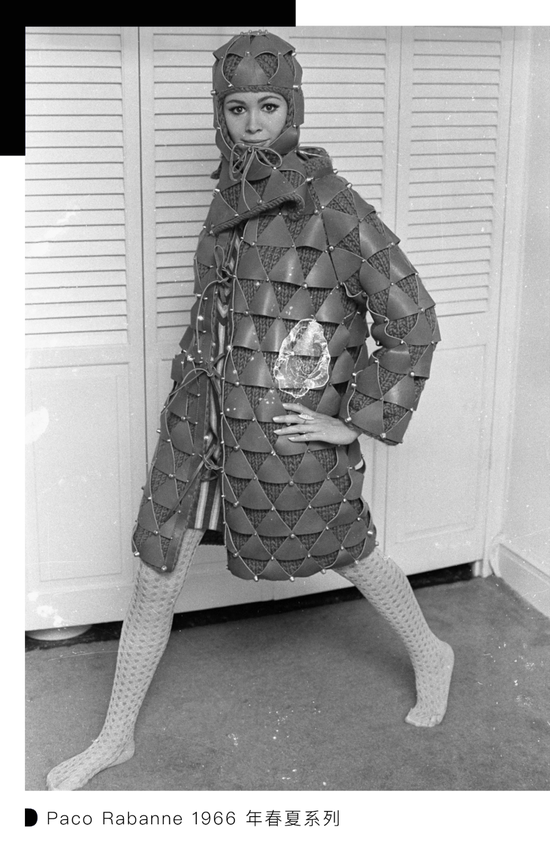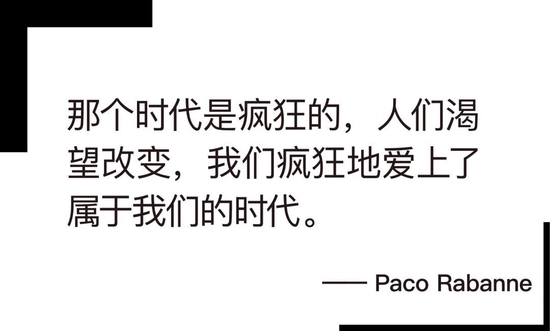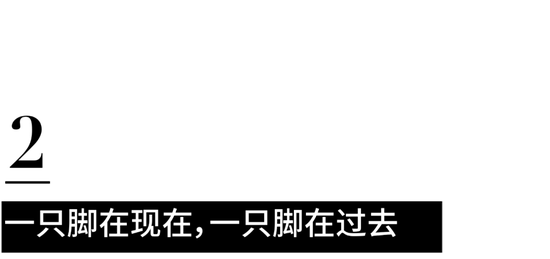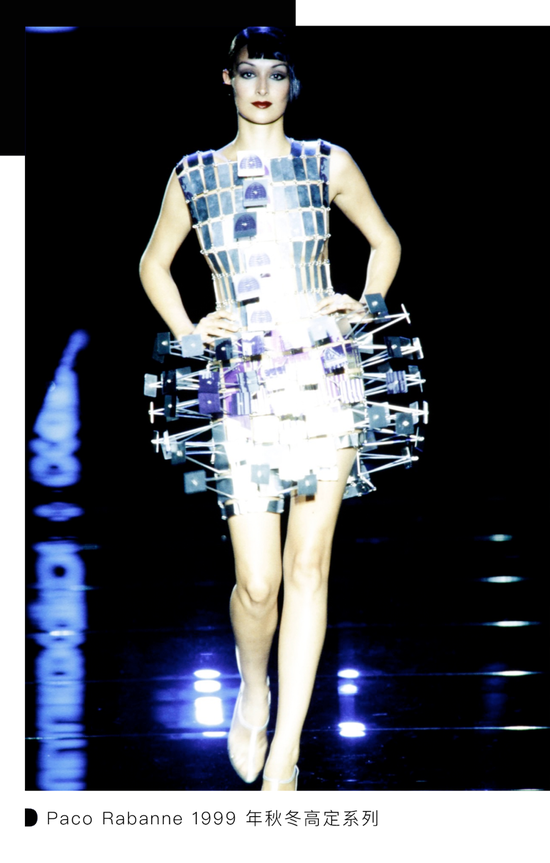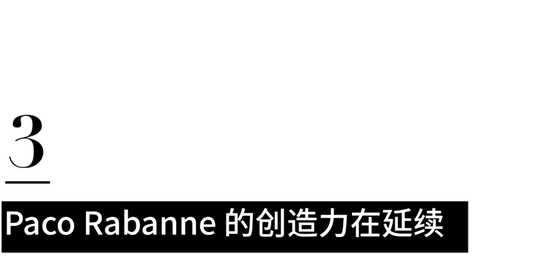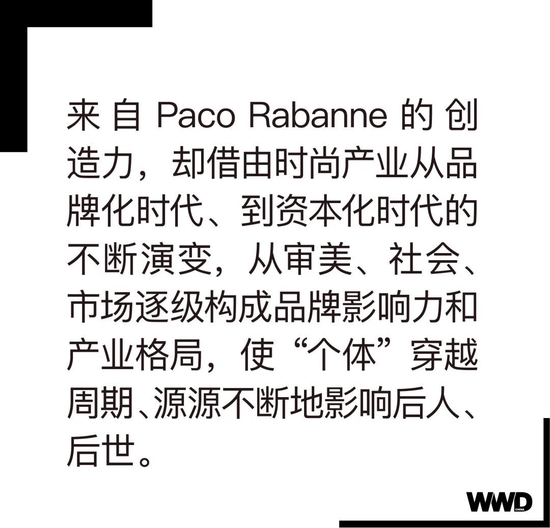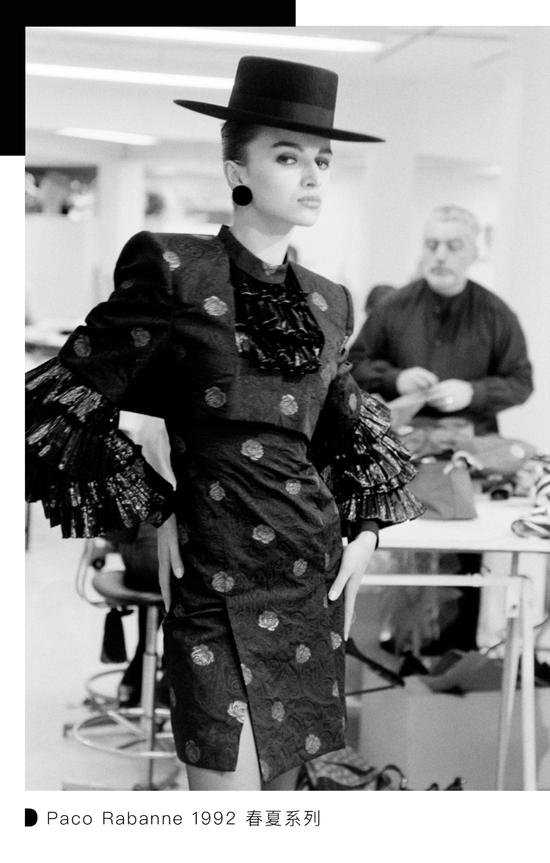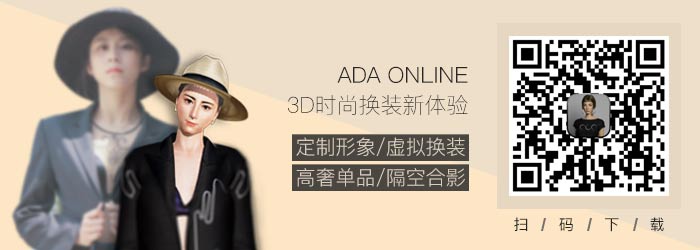In fact, Paco Rabane has faded out of the fashion industry since 1999, and its fashion and perfume business is operated by Puig Group in Spain, with Rosemary Rodriguez, Patrick Robinson, Manish Arora and Julien Dossena holding the creative power successively.
However, in the 1970s, the era aesthetics brought by Paco Rabane has been praised by many professionals.
Paco Rabanne was born in Pasa ï a, Spain, on February 18, 1934. His mother was a tailor of Balenciaga Fashion House, and his father was a soldier.
After coming to France with his family, Paco Rabanne began a 10-year student career at the National Academy of Fine Arts in Paris, focusing on architecture at first, and then turned to shoes and handbag design. During his study, he visited countless art museums and cinemas, while not forgetting music, visiting different artists and thinkers.
Paco Rabane's first job in the high-end fashion industry was to make accessories for Balenciaga, Nina Ricci, Givenchy and other famous Paris fashion houses. In 1965, Paco Rabane established its own brand of the same name "Paco Rabane", located at 33, rue Berg è re, Bergere Avenue, Paris.
Through his unique design vision, Paco Rabane foresaw the coming of the millennium as early as the 1970s. He is one of the designers in Paris who pursue the fashion of the space age. The other two are Pierre Cardin and Andr é Courr è ges.
In 1966, the Unwearables series was launched, including 12 sets of modern clothes, all made of round or square plastic sheets and metal sheets, which caused a great sensation at that time. Le Nouvel observeur once accused him of being a "plastic bomb" in the fashion industry.
But even so, Paco Rabane's unique creative approach and experimental modern aesthetics still inspire designers, from Jean Paul Gaultier to Miuccia Prada, from Thierry Mugler to Yves Saint Laurent.
Audrey. Hepburn once wore Paco Rabane's sequins dress in the movie Two for the Road, which quickly helped the brand improve its popularity. In 1968, Paco Rabane designed a futuristic look for Hollywood actress Jane Fonda in the film Barbarella, which also foreshadowed the trend of "wearing underwear outside" in the fashion industry in the future.
When he brought his creation to New York, America, he soon became the darling of American fashion media. Later, more innovations came one after another -- aluminum lock nail "dress", paper wedding dress, coat made of triangular metal......
Throughout the 1970s, he maintained the vitality of his career and expanded his business into the perfume field, which later became the financial cornerstone of his fashion empire.
Antonio Puig and Mariano Puig are the second generation members of Puig's founding family. They visited his office Berg è re near Folies in Paris for the first time, signed a contract with this designer to produce perfume in 1968, and acquired it in 1987, gradually gaining a comprehensive grasp of Paco Rabane's fashion and perfume business.
In 1969, he launched Calandre in Spain, France and the United States, opening a new path for Puig Group's international development; In 1973, Paco Rabanne Pour Homme came out, paving the way for the brand's men's perfume series. In 1979, the landmark Metal came out.
Paco Rabane recalled in 2001. "That era was crazy. People were eager to change. We fell madly in love with our era."
Even so, Paco Rabanne's career is still very special. Although he calls his fashion and perfume empire "Rabanne's home", he has not been institutionalized like other famous fashion houses. On the contrary, he is still a hazy existence - one foot in the present, one foot in the past.
In a WWD report on February 21, 2001, he even said to us: "Many people think I am dead."
In 1999, Paco Rabane faded out of the fashion world after the last high-end customized fashion show. Officially fade out of the fashion world and devote to other artistic activities. In 2005, at the age of 72, he also held his first solo exhibition in Moscow.
Thereafter, Rosemary Rodriguez and Patrick Robinson successively served as the creative director of the brand with the same name. In 2006, the company's fashion business was once interrupted.
Until 2011, under the leadership of Manish Arora, the creative director, he returned to the show and launched the Paco Rabane Spring/Summer 2012 series. In 2013, the brand appointed Julien Dossena, a French designer born on August 8, 1982, as the creative director. He continued Paco Rabane's creative style, using metal, latex, leather. And other materials, combined with modern technology, mixing avant-garde and daily style, to create a series of fashionable pieces with a very modern sense.
Even if he faded out of the fashion world as early as 1999, he will leave the world completely at the beginning of 2023. However, the creativity from Paco Rabane, by virtue of the constant evolution of fashion industry from the era of branding to the era of capitalization, has gradually formed brand influence and industrial pattern from aesthetic, social and market levels, making "individuals" cross the cycle and continuously influence future generations.
Pascal Morand, executive chairman of the French Federation of Advanced Customization and Fashion, said: "Paco Rabanne is a landmark figure in the fashion industry, and his creative freedom is deeply imprinted on the French fashion and international fashion stage."
Bruno Pavlovsky, president of the French Federation of Advanced Customization and Fashion, said: "Paco Rabane has never stopped boldly and provocatively exploring traditional creative knowledge and new technologies. Since the first fashion show held in Paris, he has opened up a new world for the fashion industry."
Rima Abdul Malak, French Minister of Culture, said that Paco Rabane had "broken the boundaries of fashion since his first series, and this' fashion metallurgist 'has permanently branded our imagination."
Giorgio Armani said, "The fashion industry has lost a creator who can create a 'world vision' from scratch. Paco Rabane is a real futurist, an experimenter who always looks forward and faces tomorrow."
Valentino Garavani said: "Paco Rabane changed everything in the late 1970s, bringing surprises to the fashion industry... Surprises are always a good thing in the fashion industry."
Marc Puig, chairman and CEO of Puig Group, said: "I am deeply saddened by the death of Mr. Paco Rabane. He is an important figure in the fashion industry. His bold and provocative ideas are conveyed through unique aesthetics. Manuel Albesa, president of Puig's fashion and beauty department, said:" Paco Rabane makes cross-border become attractive. " WWD
Writing Editorial Office
edit yalta
picture source network
